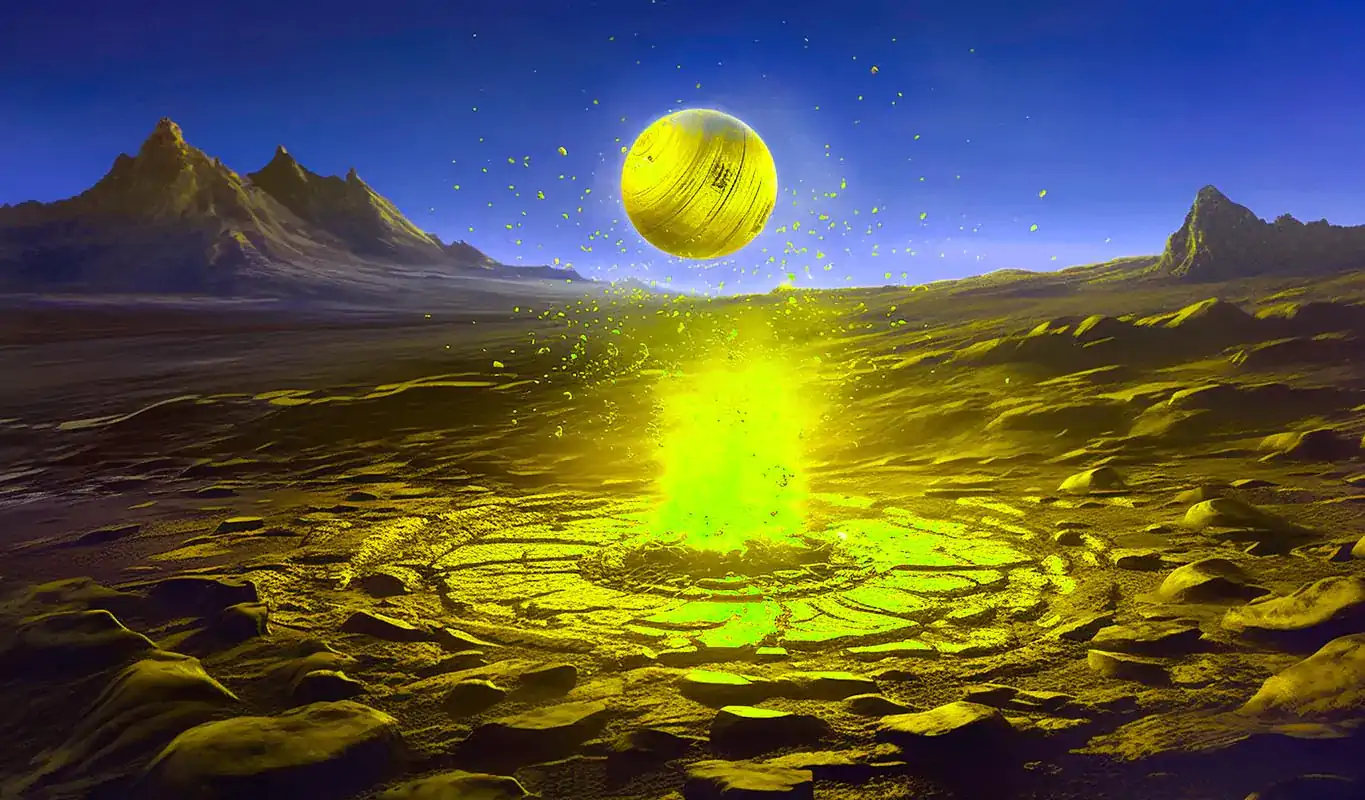NASA's Juno spacecraft performed a flyby of one of the most intriguing moons of the Solar System, Jupiter's Europa, a blog post from the agency explains.
The spacecraft, which has been orbiting Jupiter since 2016, made the closest flyby of the moon yet at 5:36 a.m. ET on Thursday, September 30. Juno came within 219 miles (352 kilometers) of Europa's icy surface and collected data throughout a two-hour period as it flew past at speeds of 52,920 mph (85,167 km/h).
The spacecraft captured some of the highest-resolution images of Europa to date and NASA has just shared the first one, showing the surface of Europa's northern Annwn Regio region.
Its new data could inform NASA's upcoming Europa Clipper mission, which aims to determine whether a habitable ocean lies underneath the moon's thick ice.
NASA collects new data on Jupiter's icy moon
Scientists believe a potentially habitable ocean lies below Europa's icy surface. Above the ocean is a 10 to 15-mile (16 to 24-kilometer) layer of ice, while the ocean itself is estimated to be between 40 and 100 miles (64 and 161 kilometers) deep.
In a first, Juno's Microwave Radiometer instrument is studying the icy outer layer to determine more about its composition and temperature. All of Juno's instruments collected data during the flyby, including magnetic readers that can help to analyze how Europa's magnetic field interacts with Jupiter's.
“It’s very early in the process, but by all indications Juno’s flyby of Europa was a great success,” Scott Bolton, Juno principal investigator at the Southwest Research Institute in San Antonio, explained in NASA's post. “This first picture is just a glimpse of the remarkable new science to come from Juno’s entire suite of instruments and sensors that acquired data as we skimmed over the moon’s icy crust.”

Source: NASA/JPL-Caltech/SWRI/MSSS
In its statement, NASA describes the new image by saying "bright and dark ridges and troughs curve across the surface." Meanwhile, "the oblong pit near the terminator might be a degraded impact crater."
The Juno team also hopes to get a high-resolution image of a water plume rising out of the moon's surface — previous missions have spied plumes from a distance. "We have the right equipment to do the job, but to capture a plume will require a lot of luck," Bolton said. "We have to be at the right place at just the right time, but if we are so fortunate, it’s a home run for sure."
New data collected by the Juno mission could help inform and guide NASA's Europa Clipper mission, which is set to launch in 2024 and will perform 50 flybys of Europa after it arrives in 2030. That mission aims to determine whether there is indeed an ocean below the moon's icy surface. It will eventually fly only 16 miles (26 kilometers) above the moon's surface.
Investigating the potential habitability of Europa
Aside from helping to ascertain whether Europa has an inner ocean, NASA's work with Juno and the Europa Clipper mission could also help to determine whether that ocean has the potential to be habitable for life.
The Europa Clipper spacecraft will use a radar instrument to map Europa's ice and use a magnetometer to determine the depths and salinity of the potential vast ocean below the surface. Infrared and color cameras, meanwhile, will help scientists look for "hot spots," where some of the ocean water might seep up through the thick ice shell.
“Europa is such an intriguing Jovian moon, it is the focus of its own future NASA mission,” Bolton said. “We’re happy to provide data that may help the Europa Clipper team with mission planning, As well as provide new scientific insights into this icy world.”
The Juno mission was originally supposed to end in 2021, but it was extended to 2025. Now that it's completed its main mission of observing Jupiter, the spacecraft is ticking off flybys of Jupiter's moons — it visited Ganymede last year and will perform a flyby of Io in 2023 and 2024.




 BlocksInform
BlocksInform










